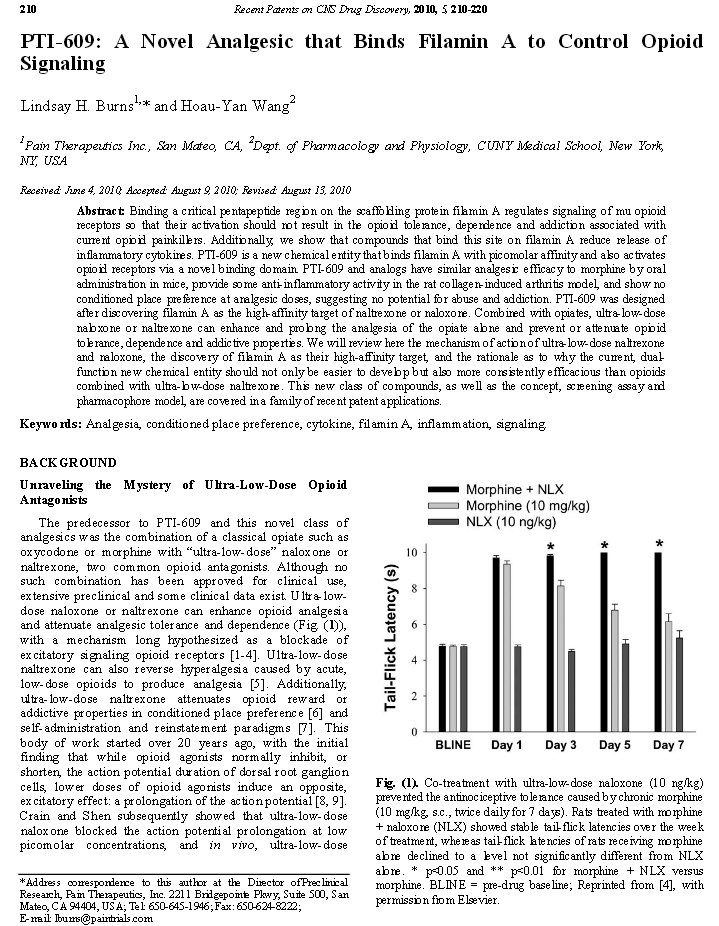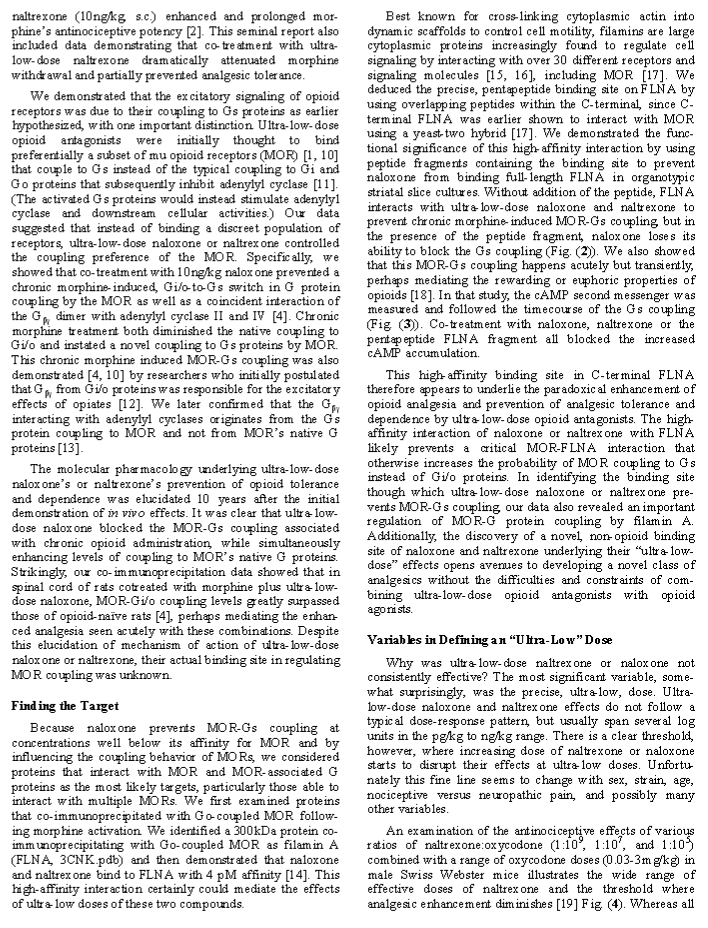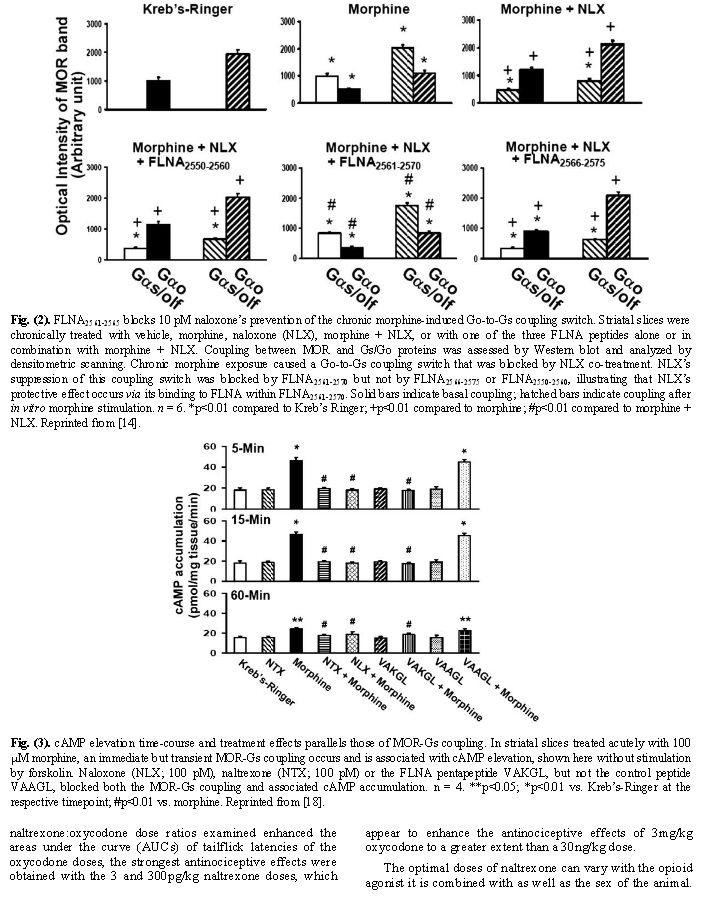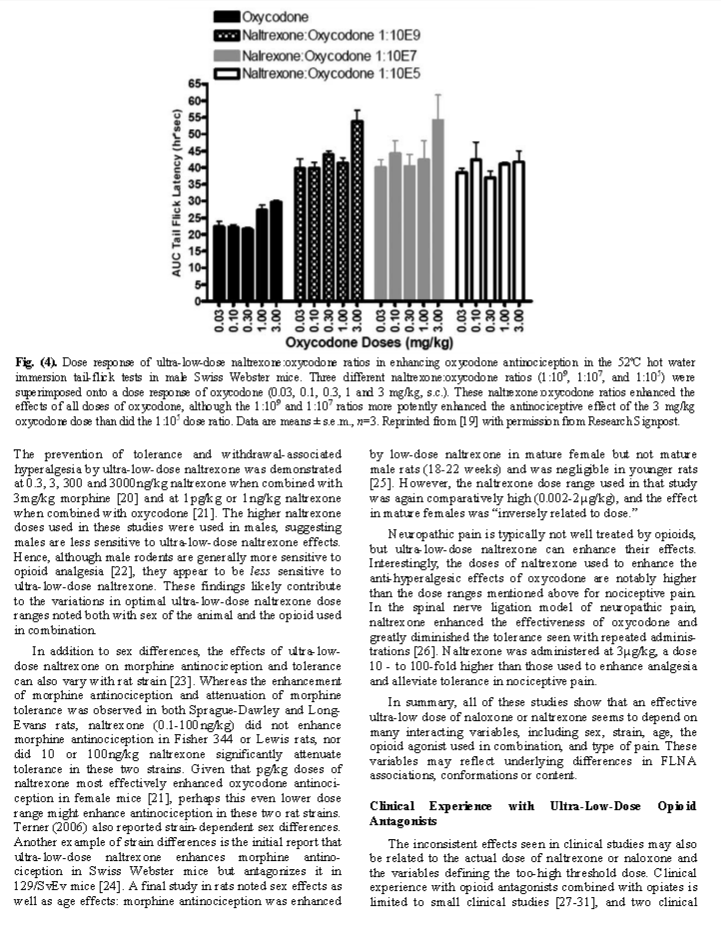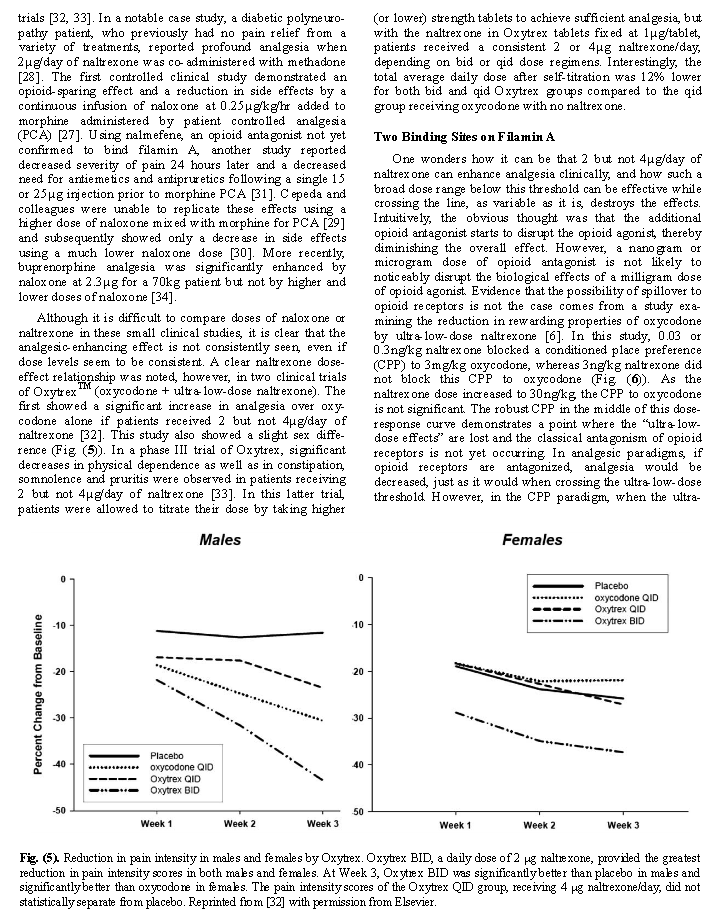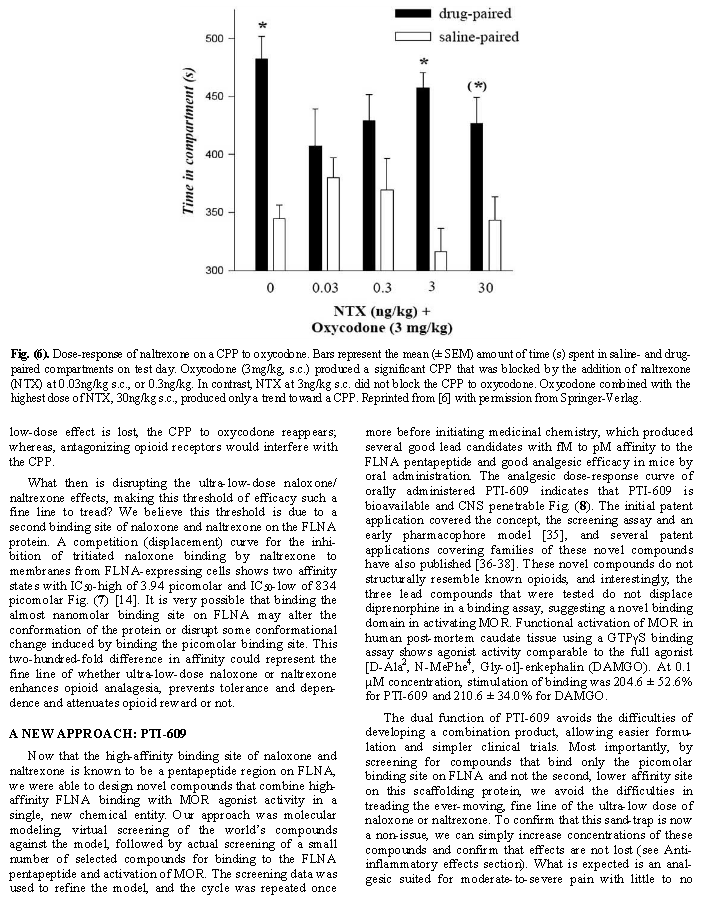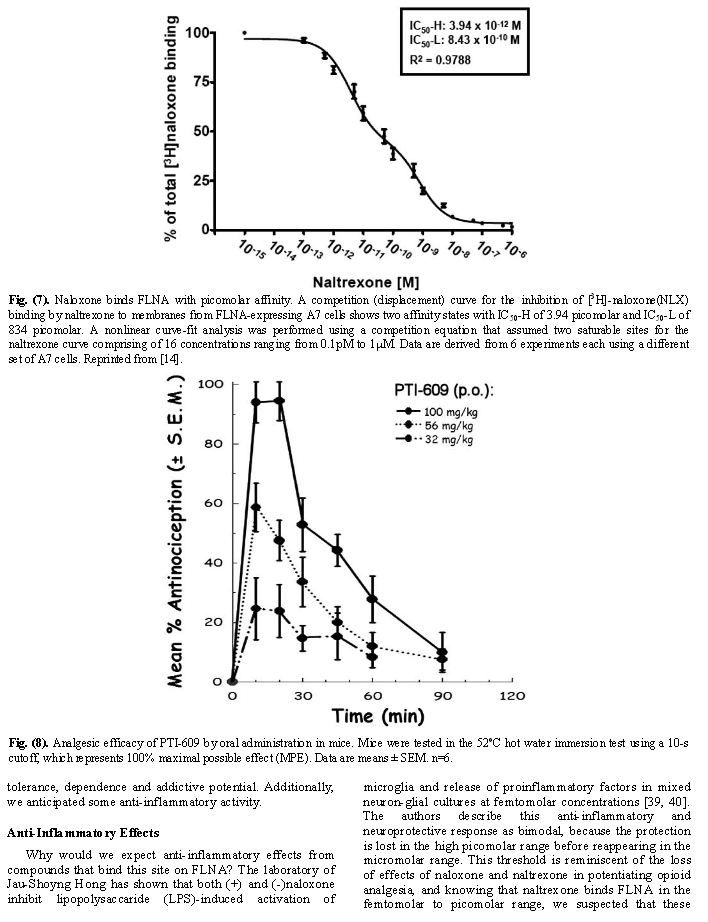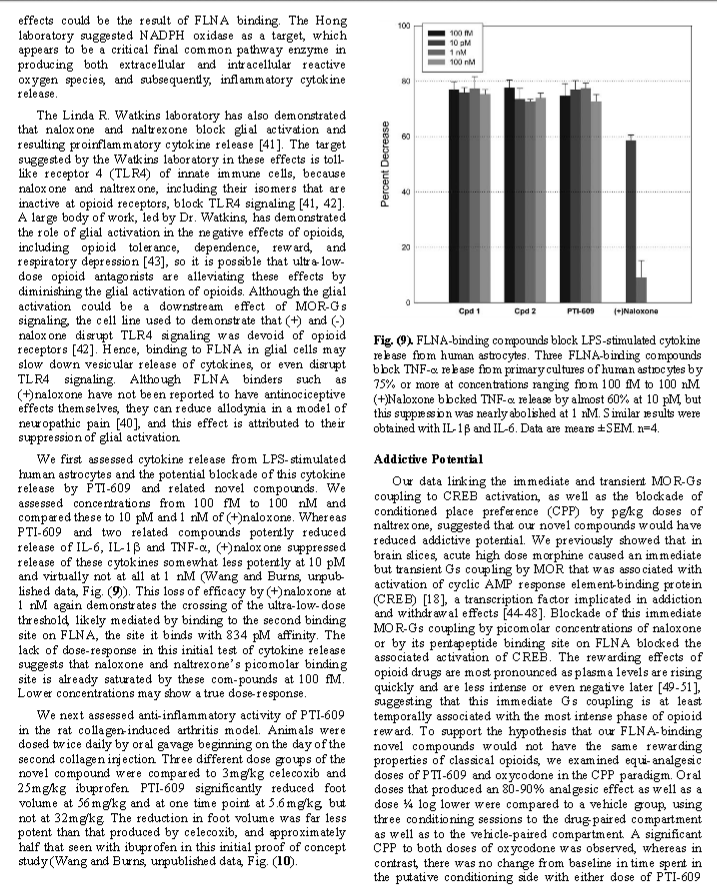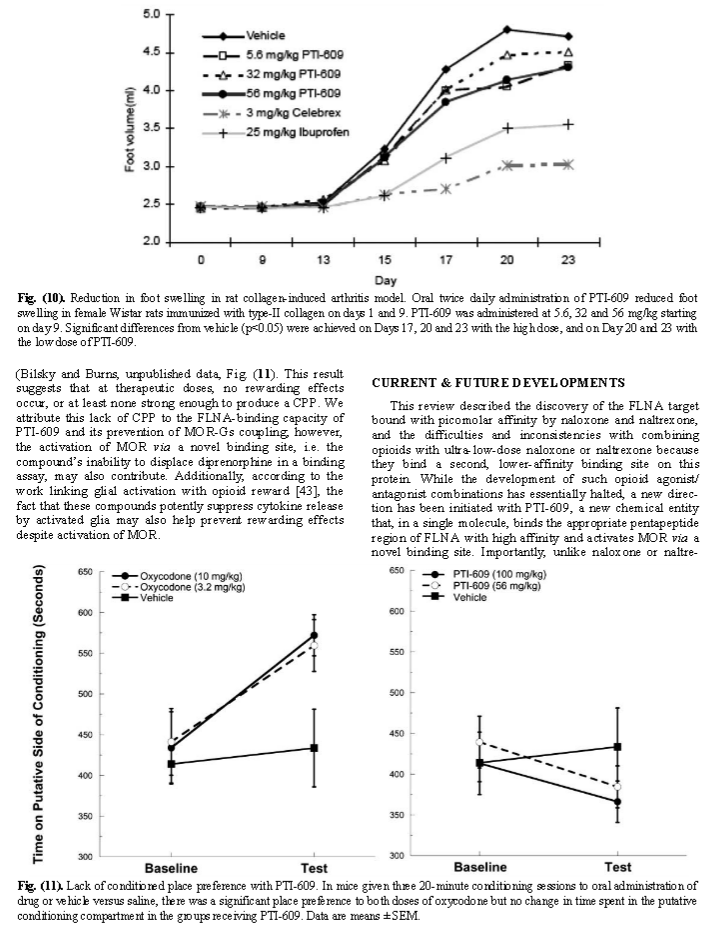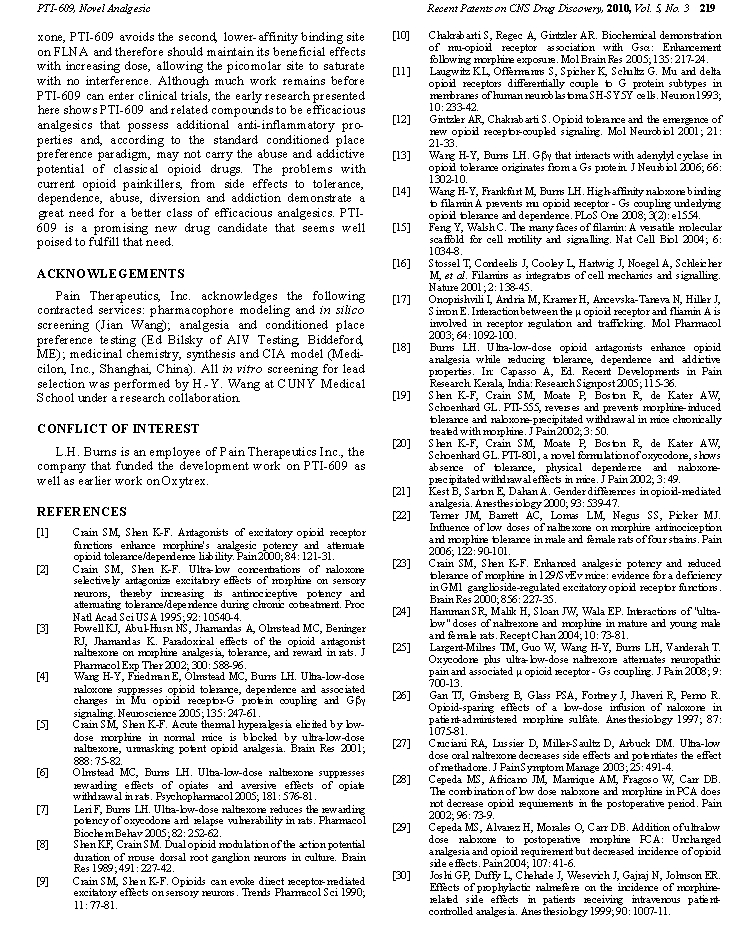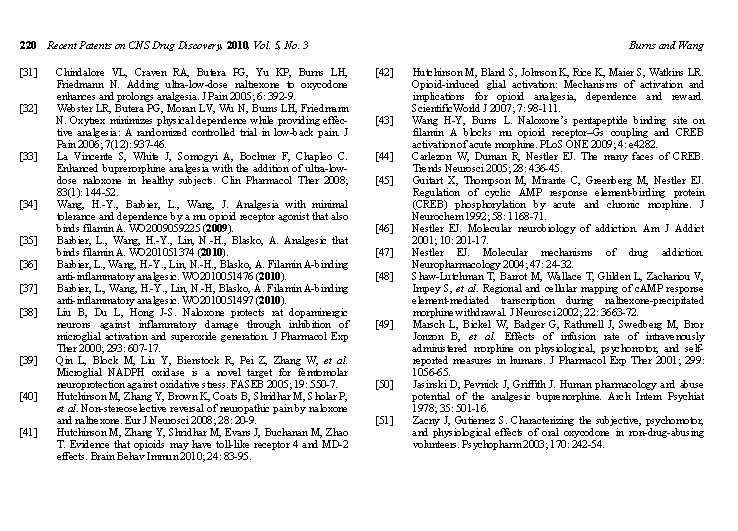Neuroprotection
Bluelighter
- Joined
- Apr 18, 2015
- Messages
- 1,265
I was browsing the web and came across the substance pti609. According to the small amounts of information I found, this compound is a potent agonist at the mu opioid receptor. However unlike most other agonists it is said not to produce tolerance or dependence even after long term use.
As I have only found very little out about this compound, it would be good if any of you could try to get more information and post it here particularly on its chemical formula make up or structure.
What do you think about this substance. Does it sound too good to be true?
The compound is also said notes to induce euphoria or reinforcement at therapeutic doses required for analgesic action. This should ameliorate the risk of psychological dependence, although I do really wish we could keep the euphoria with it, but without the tolerance.
As I have only found very little out about this compound, it would be good if any of you could try to get more information and post it here particularly on its chemical formula make up or structure.
What do you think about this substance. Does it sound too good to be true?
The compound is also said notes to induce euphoria or reinforcement at therapeutic doses required for analgesic action. This should ameliorate the risk of psychological dependence, although I do really wish we could keep the euphoria with it, but without the tolerance.






